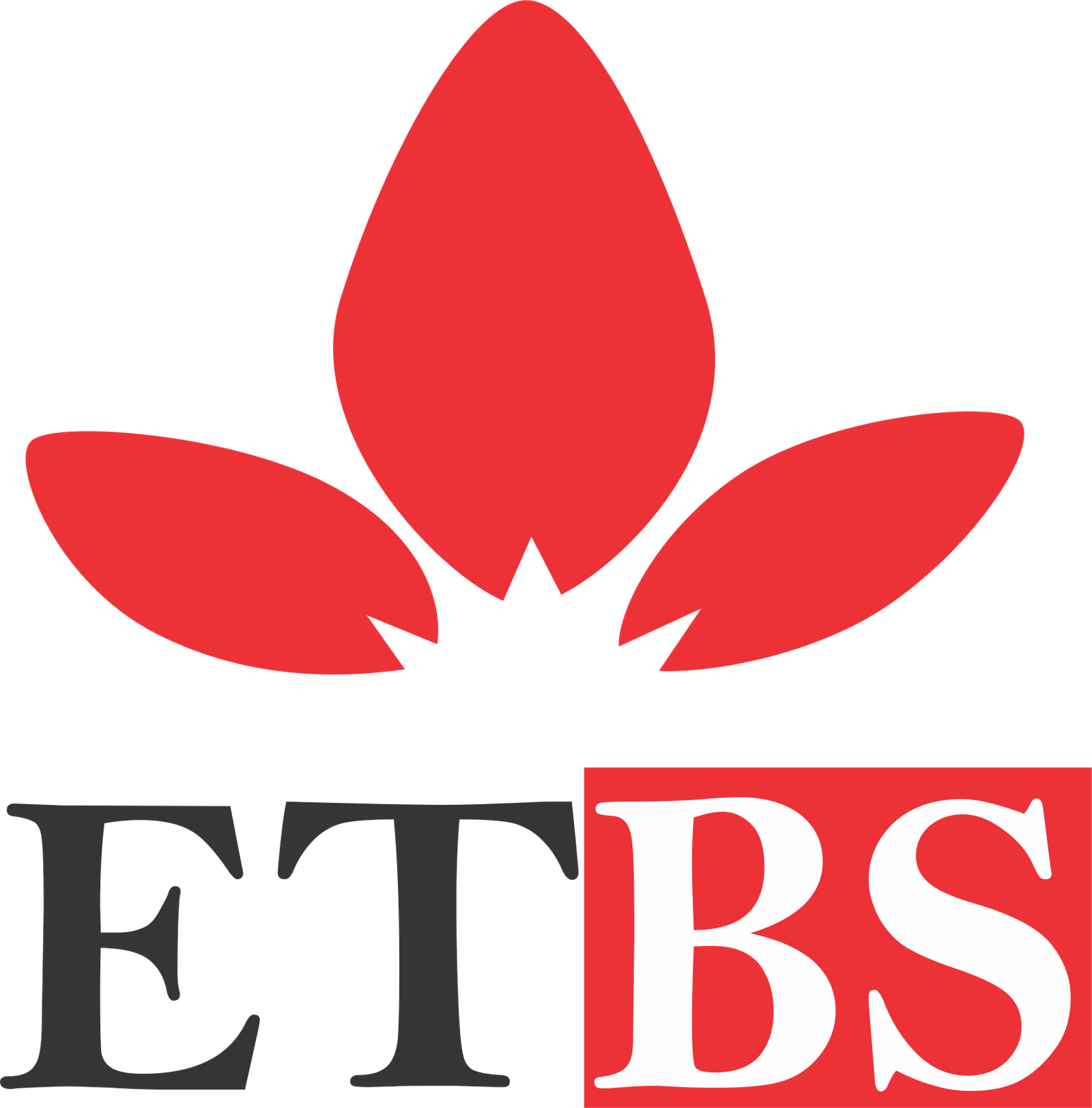 EarthTab Business School
EarthTab Business School
☰
|

Course Overview: Welcome To Earth Tab Business School. My name is Micheal Williams and I will be your Course Preceptor For Roles and Hierarchy on a Film Set. The film set is a dynamic and meticulously structured environment where creativity, logistics, artistry, and technical excellence converge. Behind every frame of a successful motion picture lies a complex hierarchy of professionals working in harmony to translate vision into visual storytelling. This course, “Roles and Hierarchy on a Film Set,” is designed as an extensively in-depth and advanced exploration of the organizational structure, leadership chains, duties, interactions, and ethical frameworks governing the day-to-day operations on a professional film set. This course offers a comprehensive breakdown of the industry-standard crew hierarchy, from above-the-line creatives and producers to below-the-line technicians, examining the intricacies of their responsibilities, interdepartmental collaborations, and career pathways.You will gain an understanding of departmental workflow, on-set communication protocols, chain of command, and the professional etiquette that sustains order on often chaotic and high-pressure shooting environments. In addition, you will be exposed to historical evolutions, global industry variations (Hollywood, Nollywood, Bollywood, European cinema), and unionized labor standards as they relate to film crew structure. The course also explores gender roles, power dynamics, and inclusion within the hierarchy, helping you evaluate and challenge traditional norms for a more equitable working environment. By the end of the course, you will not only understand who does what on a set, but also how to navigate the film set as a professional, communicate across departments, assume leadership, and operate with respect for the collaborative nature of cinematic storytelling. By the end of this course, you will be able to: Identify and explain the complete hierarchy of roles on a film set, both above-the-line and below-the-line. Differentiate between the responsibilities, jurisdictions, and authority levels of various crew positions. Map and analyze the workflow of departments and how they interrelate during pre-production, production, and post-production. Apply standard protocols of communication and professionalism expected on a working set. Evaluate case studies of successful and dysfunctional film sets, identifying lessons in leadership and structure. Design crew hierarchies for short films, commercials, and large-scale features based on project scope. Critically assess inclusion, labor rights, and ethical considerations in hierarchical film environments. Demonstrate readiness to function efficiently and respectfully in a chosen film department or leadership role. Anatomy of a film production team Basic film set layout and zones (hot set, green room, holding area, base camp) The importance of hierarchy: Efficiency, safety, clarity Overview of “above-the-line” vs “below-the-line” crew Phases of production and how the hierarchy adjusts in each Producer: Types (Executive, Line, Associate, Co-Producer), responsibilities, budgeting power, leadership styles Director: Vision holder, working with departments, managing actors, overseeing blocking and performances Screenwriter: Original vs adapted scripts, working through rewrites and script supervision Casting Director: Selecting talent, auditions, negotiating contracts, working with agents Showrunner (for TV): Dual executive-creative role in episodic production Line Producer vs Unit Production Manager (UPM): Budget, logistics, resource coordination Production Coordinator: Call sheets, schedules, paperwork management Assistant Directors (1st AD, 2nd AD, 2nd 2nd AD): On-set logistics, movement control, directing background actors Script Supervisor: Continuity, script tracking, note-taking for post Production Assistants (PAs): The entry-level position, learning paths, dos and don'ts Director of Photography (DOP/Cinematographer): Visual storytelling, collaborating with the director Camera Operator, 1st AC (Focus Puller), 2nd AC (Clapper/Loader), DIT Gaffer: Lighting plan, safety, electrical load management Best Boy Electric, Electricians, Grips, Key Grip: Lighting rigging and movement, solving technical problems Workflow: Lighting setups, shot rehearsals, wrap-out Production Designer: World-building, concept development Art Director: Set construction oversight, scale models Set Decorator: Furniture, props, atmosphere Props Master and Handlers: Functional props and weapon safety Set Dressers and Buyers: On-location and studio responsibility Costume Designer: Wardrobe concept, historical/cultural research Costume Supervisor, Dressers, Seamstresses Makeup Artist and Key Makeup: Character accuracy, prosthetics Hair Department: Wigs, continuity, environmental impact on hair Union guidelines, timing coordination, and talent management Production Sound Mixer (Sound Recordist): Clean audio capture, equipment choice Boom Operator: Mic placement, dialogue clarity, movement strategies Utility Sound Technician: Cable management, battery charging, backup gear Managing sound in challenging environments: water, wind, crowds Editor: Narrative shaping, rhythm, pacing, montage Colorist and VFX Supervisor: Visual mood, shot consistency, integration Sound Designer and Re-Recording Mixer: Foley, ADR, ambiance Workflow from Set to Post: Dailies, logs, edit prep, communication Chain of command: Who answers to whom and why Radio communication protocols (walkie etiquette) On-set etiquette and conduct: “Quiet on set,” “Rolling,” “Cut” Union rules, labor hours, overtime and safety Respecting creative ownership and artistic boundaries Gender roles and diversity in film crew leadership Case studies of power abuse and accountability (e.g., #MeToo) Inclusive leadership in departments: Cultivating equity Virtual and remote film sets: Emerging structures (LED Volumes, Unreal Engine) Cross-department career transitions and long-term career mapping Weekly multiple-choice quizzes (5–10 questions per module) Role-mapping assignments: you build your own film crew hierarchy based on genre or budget Final written exam (50 questions, multiple choice and short answer) Reflection essay: “My Role on a Professional Film Set” Final project: Simulate pre-production by assembling a full crew and creating job descriptions Sample call sheets and production reports Organizational charts of small, medium, and large-scale productions Interview clips from real crew professionals Behind-the-scenes case study breakdowns (e.g., Game of Thrones, Black Panther, Citizen Kane) Templates for crew contracts and NDAs Aspiring filmmakers, producers, and directors Film students and media scholars Crew members seeking advancement or specialization Content creators scaling up from indie productions to professional sets Film school programs and vocational institutes “Roles and Hierarchy on a Film Set” is more than just a personnel chart; it is a study of professional orchestration, creative harmony, and structured execution in the high-stakes world of filmmaking. Understanding these roles empowers individuals to integrate smoothly, lead confidently, and uphold the culture of respect, collaboration, and excellence that fuels cinematic magic. I look forward to congratulating you upon the completion of this course.Learning Objectives:
Course Modules
Module 1: Introduction to the Film Set Ecosystem
Module 2: Above-the-Line Roles : Creative and Executive Leadership
Module 3: Production Department and Chain of Command
Module 4: The Camera and Lighting Departments
Module 5: The Art Department Hierarchy
Module 6: Costume, Makeup, and Hair Departments
Module 7: Sound Department Hierarchy
Module 8: Post-Production Roles and Transition
Module 9: Set Protocols, Communication, and Ethics
Module 10: Leadership, Inclusion, and Future of Set Hierarchies
Assessment Methods:
Resources Provided:
Target Audience:
Conclusion:

Unlocking Professional Potential through world-class assessments and industry-ready training.
"Empowering Professionals through practical, accessible online business education"
- Blessing Princess Agho
 Founder/Lead Instructor
Founder/Lead Instructor